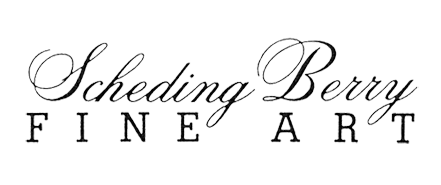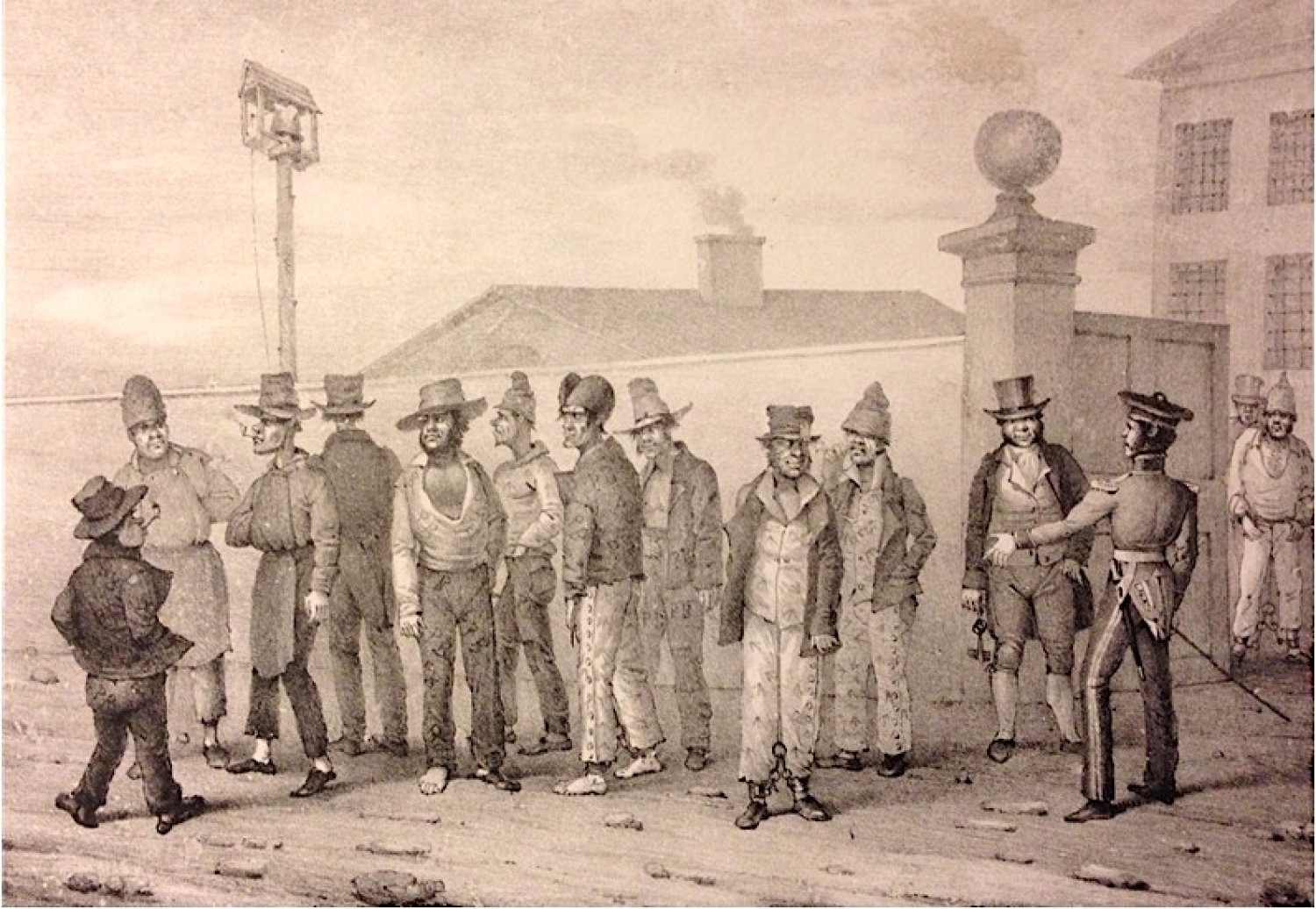Augustus Earle
A Government Jail Gang - Sydney N. S. Wales, 1830
lithograph, printed in black ink, from one stone.
inscribed ‘A. Earle’ below image lower left inscribed with title below image lower centre inscribed ‘London. Published August 10th 1830. By J. Cross, Holbern., opposite Furnival's Inn’ below image and title lower centre inscribed ‘Printed by C. Hullmandel’ below image lower right.
19.8 cm x 28.4 cm (image size)
SOLD
Provenance:
The Estate of the late Nicholas Packham, Sydney, 2013.
Literature:
The lithograph was published in London in 1830 as part of a publication titled Views in New South Wales and Van Diemens Land. There were two Parts to the publication with 4 lithographs in each Part. It is possible that Earle intended further Parts because, despite the title, no Tasmanian images were published in either of the first two Parts. These two Parts were not well received by the market and this was possibly the reason that no further Parts were issued. Complete sets (ie Parts 1 & 2) are virtually non-existent today and very few copies of the individual lithographs have survived either.
Contemporaneous images of Australian convicts are surprisingly rare. There are a couple of illustrations in books, such as the engraving titled ‘Landing of Convicts at Botany Bay’ which appears in Captain Watkin Tench's A Narrative of the Expedition to Botany Bay, first published in 1789. Another engraving by Edward Backhouse produced for his cousin James Backhouse’s book Narrative of a visit to the Australian colonies, 1843, (p58) shows a convict chain gang at Sullivans Cove in Hobart carrying picks or spades and with chains attached to their ankles. (In the publication it was incorrectly titled 'A chain gang, convicts going to work near Sydney, New South Wales’). But, remarkably, it is difficult to find other images of chain gangs produced during the period.
Augustus Earle’s bold lithograph shows a jail gang outside Hyde Park Barracks in Sydney, which opened in June 1819 to house convicts. The building was designed by convict architect Francis Greenway. Earle’s lithograph is one of the most famous images in the early-colonial art of Australia. The lithograph itself, however, is exceedingly rare.




